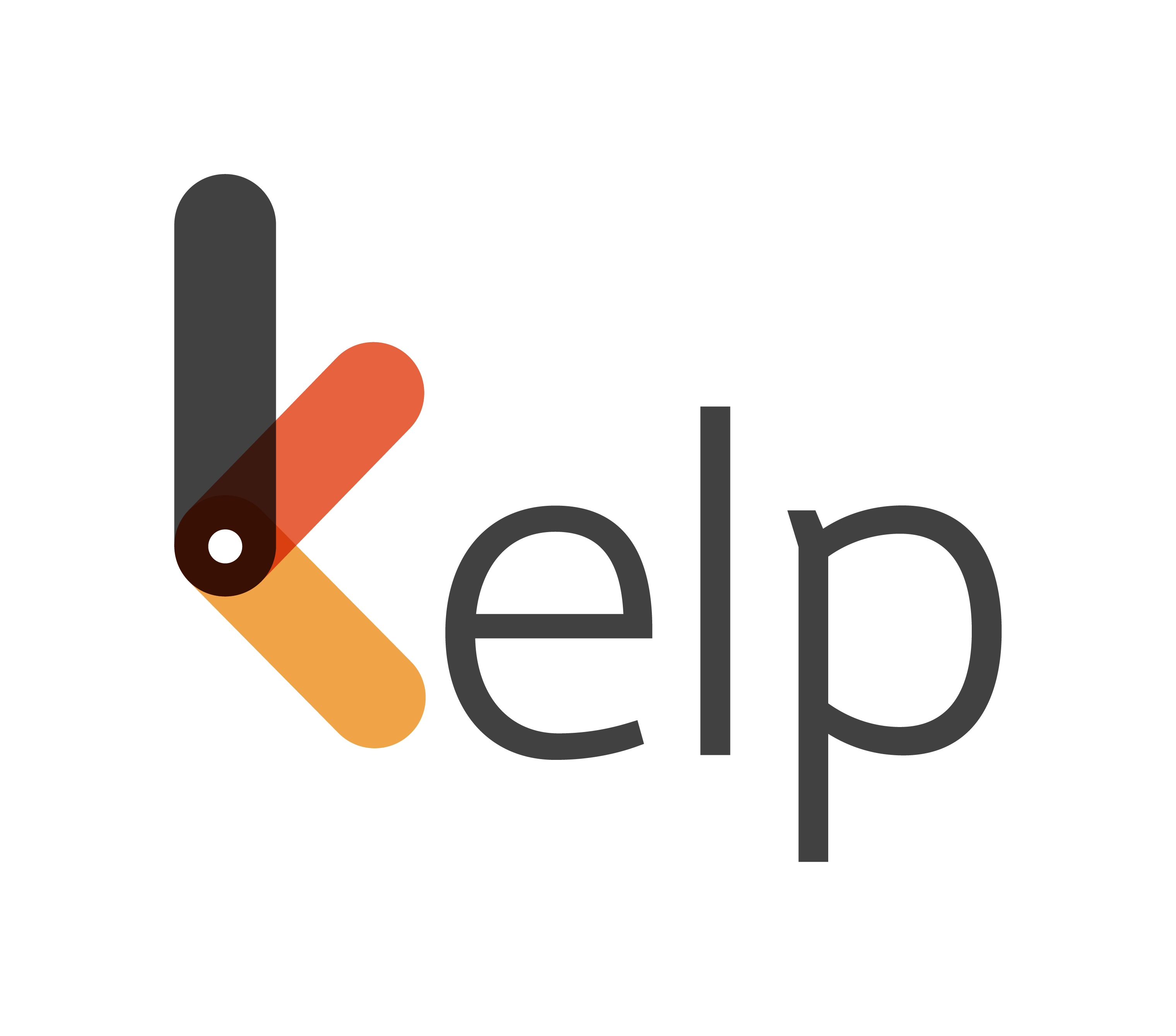
Ritu heads the Human Resource Department of a company. Recently she received many complaints of poor performance, which impacted the revenue. After having a few one-on-one sessions with some of the employees, she realised that their productivity was affected due to stress from issues in their personal lives and not due to lack of interest or ability. She was wondering what to do when she came across Employee Assistance Programs.
Employee Assistance Programs or EAPs are tools which can be used by HR personnel to aid employees deal with certain stressors in their personal lives, so that they can be emotionally healthier and consequently perform better at work.

Ritu mentions this to her CEO, who asks her to do some research and suggest a suitable EAP for their company.
How to choose an Employee Assistance program (EAP) that is right for your company.
Step 1: Gather details about your own company
Assimilating the details of your company and pinpointing the problem areas will help you understand your EAP requirements better, making it easier to choose a suitable vendor. There are two categories of information that you need to keep ready:
i) Objective:
These are objective data points that will help you choose a suitable vendor
• Number of employees
• number of departments
• reporting hierarchy
• nature and place of work
• demographics (particularly age and gender)
• approximate budget for EAP services based on internal constraints
ii) Descriptive:
These are the issues that need to be addressed by the EAP. This may not be easy to obtain since employees may not open up about their issues. Conducting an anonymous survey and having personal discussions are ways to understand issues faced by employees. You can also brainstorm possible solutions for the most common issues.
Step 2: Gather information on EAP vendors
Create a roster of all the EAP vendors from whom you can avail services. Explore the internet, social media, EAP vendors in the same city and find out what your competitors or similar businesses are doing.
It is not necessary to list every single provider, since this is time-consuming and might not be beneficial. It is not wise to be too picky at this stage either. At the time of adding a vendor’s name to the list, do a basic hygiene test by skimming through their website, making a telephonic enquiry and trying to find a contact who can give you authentic information about the vendor.
Step 3: Requirement mapping and shortlisting
Map your requirement from Step 1 onto the vendor details in Step 2. You can do this in two ways:
i) Fixed:
Make the list in Step 2 on an Excel sheet and in the columns alongside vendor names, add the criteria you are considering. If the vendor satisfies a criterion, add a tick mark in the corresponding cell and if not, add an X mark.
While this method helps you visually represent the data, it may not always be possible or wise to adopt such a black-and-white approach.
ii) Fluid:
View each vendor individually and seeing how much of your requirements they meet. This is a more time-consuming process and human errors can creep in, but it also allows more flexibility than the first method and is more intuitive.
Once you map your requirements, shortlist 2 to 5 vendors based on your analysis for the next step.
Step 4: Discussion and Decision-making
After narrowing down on a few potential EAP vendors, it is time to initiate discussions with them to understand their offerings. Invite each potential vendor individually for meetings. Use the information from Step 2 to introduce your organisation and services you are looking for. Engage in a dialogue to gauge whether or not a vendor can satisfy your requirements. Consider the following points in this process:
• Service: Does the vendor provide EAP services that will help employees cope better with their issues? Is there a quality check or assurance?
• Accessibility: While physical proximity helps, it may not be possible or viable. Is the vendor accessible at various times over the phone or internet? Are there at least two modes of contact which are user-friendly?
• Emergency response: Is there an instant-access facility for emergencies?
• Cost: What is the approximate cost on a quarterly or annual basis? Request for a quotation for the services you wish to avail.
• Customisation: Can the services be tweaked or tailored according to the needs of your employees/organisation?
Accumulate this information and see if your organisation can work with a particular EAP vendor in the long run. Understand, negotiate and communicate clearly till you arrive at a win-win deal. It might take multiple meetings and patience to reach this stage. Try to obtain inputs from your counterparts in the industry about each EAP vendor you meet.
It is important to keep the head of your organisation in the loop. Request them to join for the vendor meetings, have internal discussions and ensure that they are involved in the decision-making.
Following these steps will help you zero-in on the most suitable EAP vendor for your organisation.








